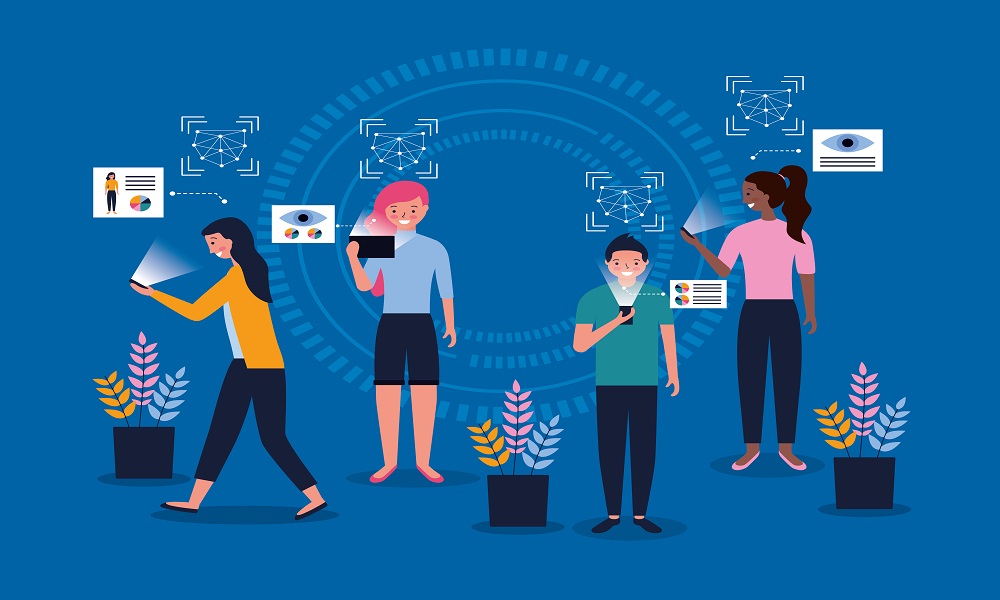Human Centered Design (HCD) is a powerful approach to problem-solving that places people— their needs, emotions, behaviors, and challenges—at the center of every design decision. In a world driven by rapid technological advancements, organizations can no longer rely solely on functionality or aesthetics. Instead, creating meaningful, usable, and impactful solutions requires empathy, iteration, and a deep understanding of the people who will interact with the product or service. Human Centered Design ensures that innovation becomes not just technologically advanced but genuinely useful and inclusive.
What Is Human Centered Design?
Human Centered Design is a design philosophy and process that prioritizes users at every stage of product or service development. It involves observing real users, understanding their pain points, generating ideas that address those needs, and testing prototypes repeatedly until the best solution emerges. By grounding design decisions in real human experiences, HCD leads to solutions that are intuitive, efficient, and emotionally resonant.
This approach is widely adopted across industries such as healthcare, education, technology, retail, and public services because it helps organizations build solutions that people want to use—not just ones they can use.
Key Principles of Human Centered Design
- Empathy First
- HCD begins with stepping into the users’ world. Designers conduct interviews, observations, and surveys to truly understand what users feel, expect, and experience. Empathy enables design decisions rooted in genuine human needs rather than assumptions.
- Deep Contextual Understanding
- Designers must study the environment in which the solution will be used. This includes social, cultural, technological, and psychological factors. Understanding context helps avoid design gaps that may hinder usability.
- Collaboration and Co-Creation
- Human Centered Design encourages the participation of users, stakeholders, and cross-functional teams. Collaborative brainstorming ensures diverse perspectives and more creative, user-appropriate solutions.
- Prototyping and Iteration
- Instead of trying to perfect the product in one go, teams create quick prototypes—simple versions to test core ideas. These prototypes are then refined repeatedly based on feedback, reducing the risk of costly errors later.
- Feedback-Driven Decision Making
- Real user feedback plays a crucial role. Solutions evolve and improve based on what users say and do, ensuring the final outcome aligns with user needs and expectations.
The Human Centered Design Process
- Inspiration Phase
- This phase involves understanding the problem deeply by listening and observing users. Designers gather insights that reveal unmet needs, motivations, and frustrations. The goal is to uncover real problems—not just surface-level symptoms.
- Ideation Phase
- Once insights are gathered, teams begin brainstorming. No idea is too big or too small. Creative thinking techniques such as mind mapping, sketching, and scenario building help generate innovative possibilities.
- Implementation Phase
- Prototypes are created, tested, refined, and re-tested. This cycle continues until a solution is feasible, desirable, and viable. The best ideas are then developed into complete products or services ready for market use.
Why Human Centered Design Matters in Today’s World
Modern customers expect seamless experiences. Whether using a mobile app, interacting with a customer service channel, or navigating a healthcare system, users demand ease, clarity, and comfort. Human Centered Design ensures:
- Higher user satisfaction
- Increased product adoption and engagement
- Reduced design and development risks
- Improved accessibility and inclusivity
- Stronger emotional connection between users and brands
Organizations that follow HCD gain a competitive edge because they create solutions that truly resonate with users.
Real-World Examples of Human Centered Design
- Healthcare: Hospitals redesign patient rooms and workflows to reduce stress and improve recovery outcomes.
- Technology: Smartphone interfaces are simplified for elderly users through larger icons and voice assistance.
- Transportation: Public transport systems use intuitive wayfinding signs and digital schedules to reduce commuter confusion.
These examples show how user-focused thinking can transform industries.
Conclusion
Human Centered Design goes beyond traditional design approaches. It fosters empathy, creativity, and practicality, ensuring that innovation is grounded in real human experiences. As organizations continue to evolve in a digital-first world, Human Centered Design will remain essential in building solutions that are not only functional but meaningful and enjoyable. By prioritizing people at every step, businesses can deliver long-lasting value, stronger engagement, and truly impactful experiences.





Comments